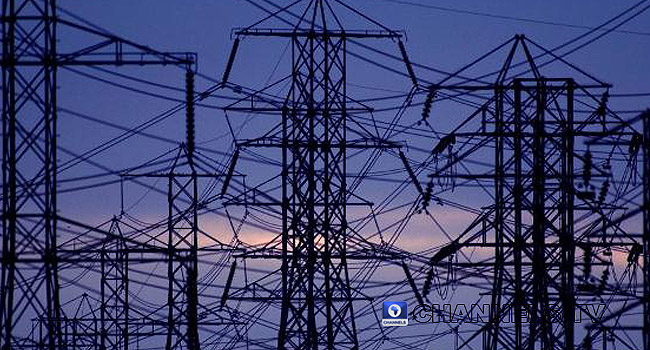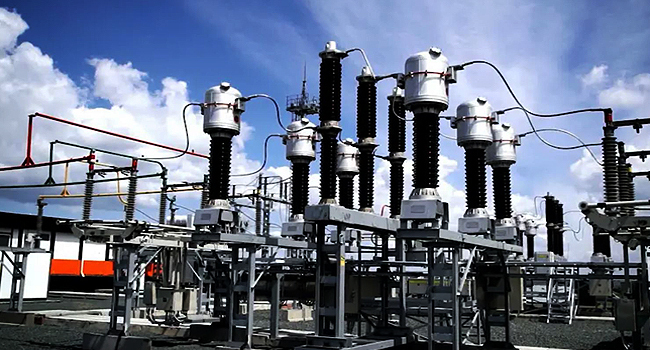The total gross electricity subsidy tariff shortfall incurred by the Federal Government to the power sector in 2024 amounted to ₦1,949 billion.
According to data sourced from the Nigerian Electricity Regulatory Commission’s newly released 2024 Annual Report, the debt was incurred as a result of a lower-than-cost-reflective tariff as computed for the year under review.
As a result, NERC said the government undertook to cover the resultant gap (between the cost-reflective and allowed tariff) in the form of tariff shortfall funding, which amounted to a total of ₦1,949.17 billion in 2024.
The report, however, did not state whether or not the subsidy had to be paid by the Federal Government.
Further analysis of the report showed that in the first quarter of last year, the gross tariff subsidy incurred by FG was ₦633 billion, in Q2 2024, the tariff shortfall dropped to about ₦380 billion, in Q3 same year, the shortfall climbed to ₦464 billion, and by Q4, the tariff shortfall had climbed further to ₦471 billion.
This is as the Distribution Companies (Discos) again posted a sharp 40 per cent year-on-year revenue increase in April 2025, amid a total billing of ₦257.57 billion for the month.
The NERC indicated that for the month under consideration, the electricity utility companies raked in ₦199.85 billion, a record in recent times.
According to NERC, despite the record sum collected, it translated to a collection efficiency of 77.6 per cent, an improvement on March’s 71.1 per cent collection rate, still falling short of the funding needed to ensure full liquidity and sustainability in the Nigerian Electricity Supply Industry (NESI).
The impressive rise in billing occurred despite the total energy received by the Discos dropping to 2,622.46 gigawatt-hours (GWh), a 9.2 per cent decrease from the previous month.
Of this, the volume of electricity billed to customers stood at 2,184.61 GWh, a decline of 5.8 per cent, signalling that that the revenue jump was not driven by improved energy delivery, but largely by higher end-user tariffs, especially for Band ‘A’ customers, who are billed what has been described as cost-reflective rates of approximately ₦209 per kilowatt-hour, following the April 2024 adjustment from the previous ₦66/kWh.
The tariff reform, which more than tripled the cost of power for Band A customers, was intended to reflect the true cost of service and reduce the federal government’s subsidy burden. It also aimed to boost cash flows to Discos and Generation Companies (Gencos) while attracting investor confidence in the sector.
In the first quarter of 2025, total billing in the power sector hit ₦744.27 billion, with ₦553.63 billion collected, resulting in a quarterly collection efficiency of 74.4 per cent, down from 77.4 per cent recorded in Q4 2024.
READ ALSO: Dangote To Build Seaport In Next Phase Of Business Expansion — Report
Over the same four-month period ending in April, the billing figure rose to about ₦1.02 trillion, but under-recovery hit ₦260 billion, reflecting persistent payment challenges among consumers, growing energy poverty, and uneven service delivery.
One of the most pressing concerns remains the Aggregate Technical, Commercial, and Collection (ATC&C) losses, which stood at an average of 39.6 per cent in Q1 2025. This is nearly double the 20.5 per cent target set under the Multi-Year Tariff Order (MYTO), resulting in estimated revenue losses of ₦200.5 billion.
For the month under review, Eko Disco collected 100 per cent of its revenue, which hit ₦38.7 billion, rising by 28.82 per cent; Ikeja collected ₦34.68 billion, with a revenue rise of 6.1 per cent, while Abuja Disco got ₦30.27 billion, a 4.3 per cent dip.





